Introduction
As the world of interior design continues to evolve, innovative technologies are redefining the way we perceive and interact with spaces. One such groundbreaking technology is smart glass, which has revolutionised interior design, particularly in the context of exhibitions. Smart glass, also known as switchable glass or dynamic glass, is a futuristic material that transforms from opaque to transparent with the application of an electric current. This transformative feature has opened up new horizons in interior design, ushering in an era of dynamic and interactive exhibition spaces.
Understanding Smart Glass
Smart glass operates on the principles of electrochromism or suspended particle devices (SPD), allowing it to change its visual properties at the touch of a button. This technology enables architects and designers to create adaptable environments that respond to different needs and moods. By using a smart glass system, exhibition spaces can easily switch between open, transparent layouts to more private, secluded settings, enhancing the visitor experience.
Incorporating Smart Glass in Exhibition Spaces
The integration of smart glass in exhibition spaces offers numerous advantages. One of the primary benefits is its ability to enhance engagement. Visitors are captivated by the dynamic transformation of glass surfaces, making exhibitions more memorable and impactful. Smart glass can be used to create interactive displays that capture attention, encouraging visitors to immerse themselves in the content.
Adaptable Spaces with Dynamic Glass
Exhibition designers often face the challenge of creating flexible spaces that can cater to various types of exhibits. Smart glass addresses this challenge by enabling spaces to adapt on the fly. With the flick of a switch, a section of an exhibition can be turned into a private presentation room or an open event space. This versatility not only maximises the use of the available area but also provides a dynamic experience for attendees.
Enhancing Aesthetics and Functionality
Beyond its functional benefits, smart glass contributes to the aesthetics of exhibition interiors. Its sleek and modern appearance aligns with contemporary design sensibilities, elevating the overall ambience of the space. Moreover, the ability to control the opacity of the glass offers a unique way to adjust lighting and visibility, creating an atmosphere that complements the theme of the exhibition.
Creating Engaging Visual Displays
Smart glass takes visual displays to the next level. By utilising its transparent state, designers can seamlessly blend the physical and digital worlds. This creates captivating visual effects that appear to float in mid-air, capturing the imagination of attendees. The interactive nature of smart glass fosters engagement, turning passive spectators into active participants.
Privacy and Transparency
Privacy is often a concern in exhibition spaces that host both public and private events. Smart glass addresses this challenge by instantly transitioning between transparent and opaque states. This feature enables the creation of private meeting areas within larger exhibition halls, ensuring that confidential discussions remain confidential without sacrificing the open and inviting atmosphere of the exhibition.
Sustainability and Energy Efficiency
In an era of heightened environmental consciousness, smart glass stands out as a sustainable design choice. Its ability to regulate sunlight penetration reduces the need for excessive artificial lighting, resulting in energy savings. By controlling solar heat gain, smart glass contributes to the overall energy efficiency of the exhibition venue.
Challenges and Considerations
While the benefits of smart glass are undeniable, its integration comes with certain challenges. Installation costs, maintenance, and the need for technical expertise can be initial obstacles. However, these challenges are outweighed by the long-term advantages and the potential for a more engaging and memorable exhibition experience.
The Future of Smart Glass in Exhibition Design
The trajectory of smart glass in exhibition design is promising. As technology continues to advance, the cost of production and installation is likely to decrease, making it more accessible to a wider range of exhibitions.
With the integration of augmented reality (AR) and virtual reality (VR), the potential for interactive and immersive experiences within smart glass-equipped spaces is bound to grow.
Conclusion
In the realm of interior design for exhibitions, smart glass has emerged as a game-changer. Its ability to transform spaces, create engaging displays, enhance privacy, and contribute to sustainability makes it a valuable tool in the designer’s arsenal. By seamlessly merging aesthetics, functionality, and technology, smart glass elevates the visitor experience and redefines the boundaries of exhibition design.
Who We Are
Tecdur is the leading manufacturer of smart glass for the UK and Ireland. Tecdur Switchable Glass provides the best clarity, lowest power consumption and lowest haze currently available. We can offer a wide range of specifications to meet project requirements with our switchable glass, cost is dependent on specification, application and design. Please get in contact with us to discuss further.
Please visit our portfolio for a look at completed projects. Keep up to date on our LinkedIn Showcase page
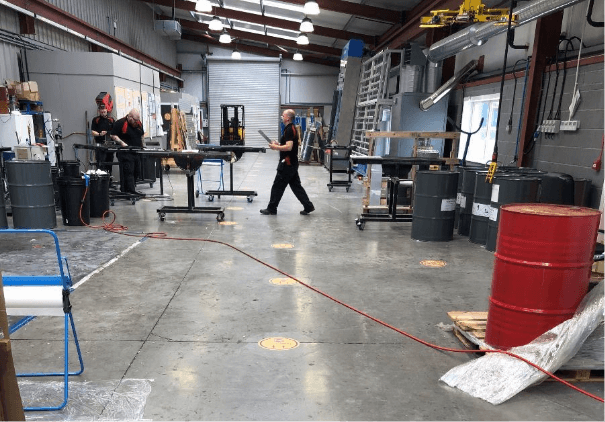
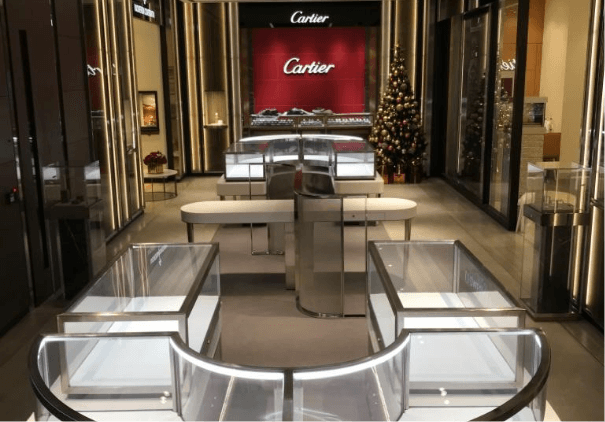
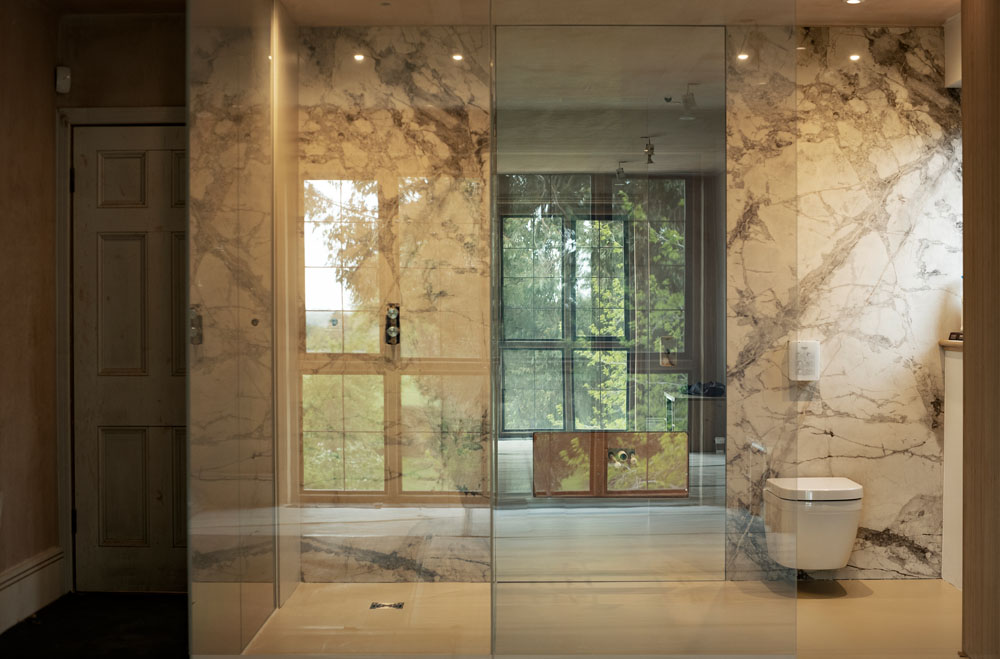
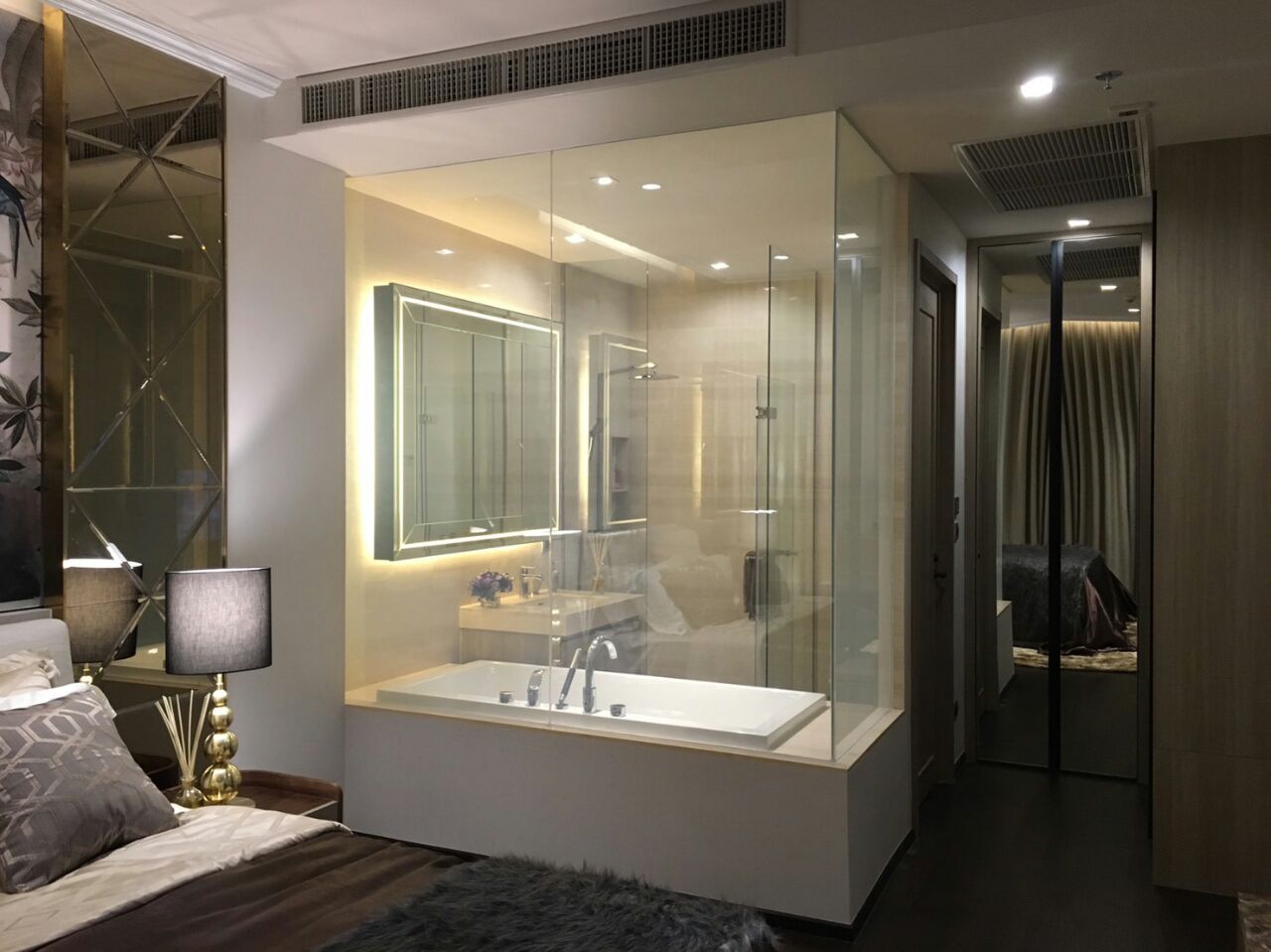
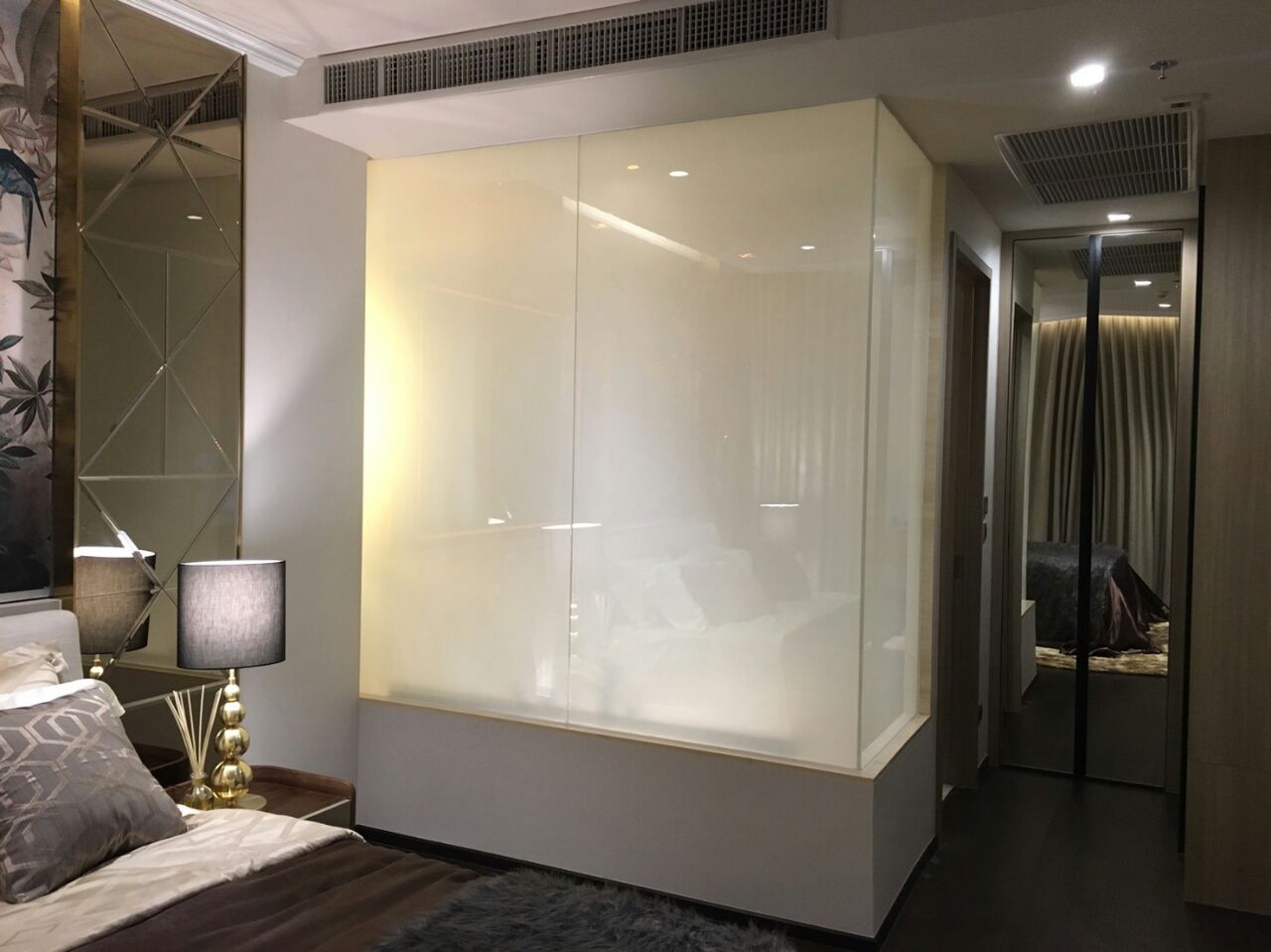
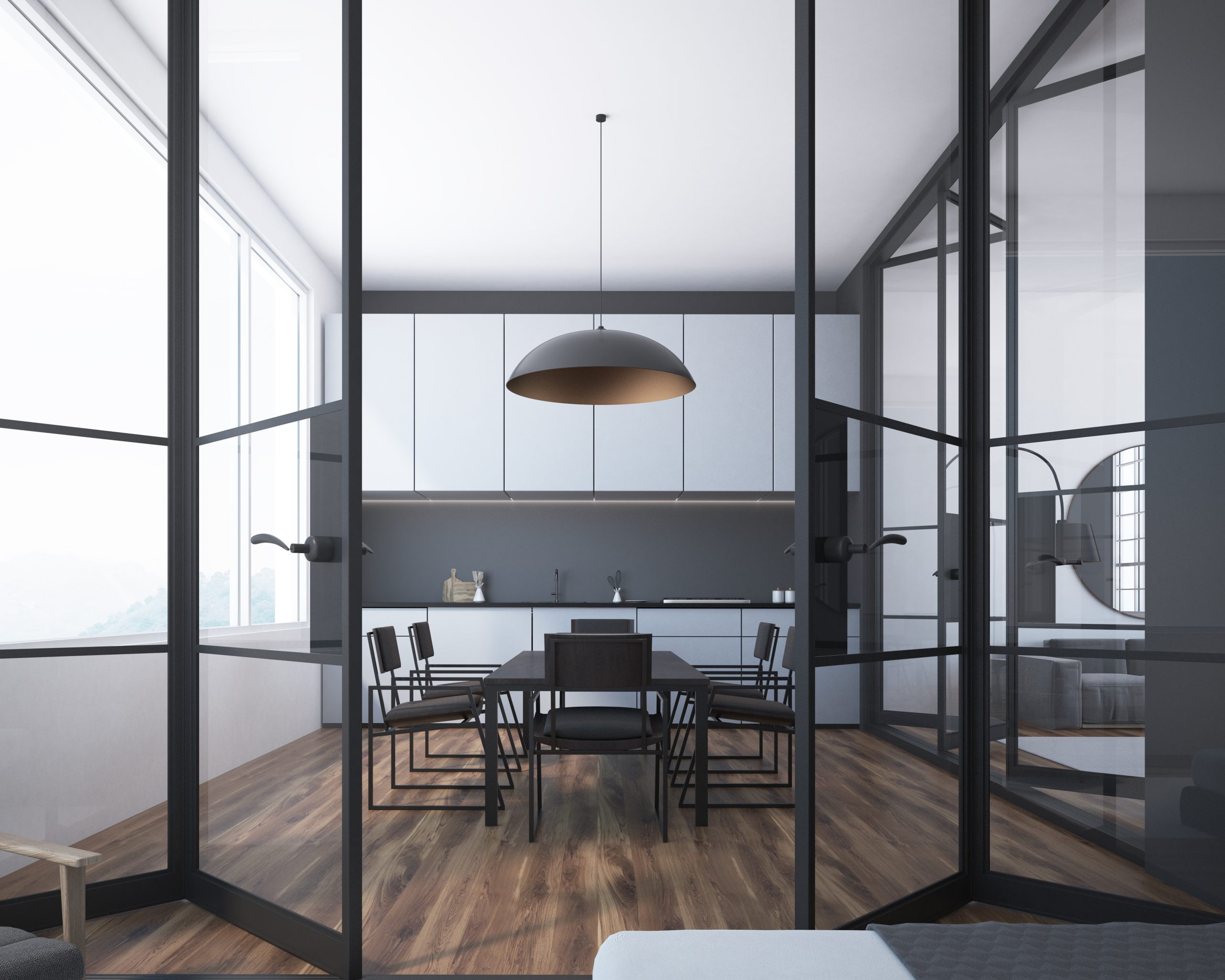
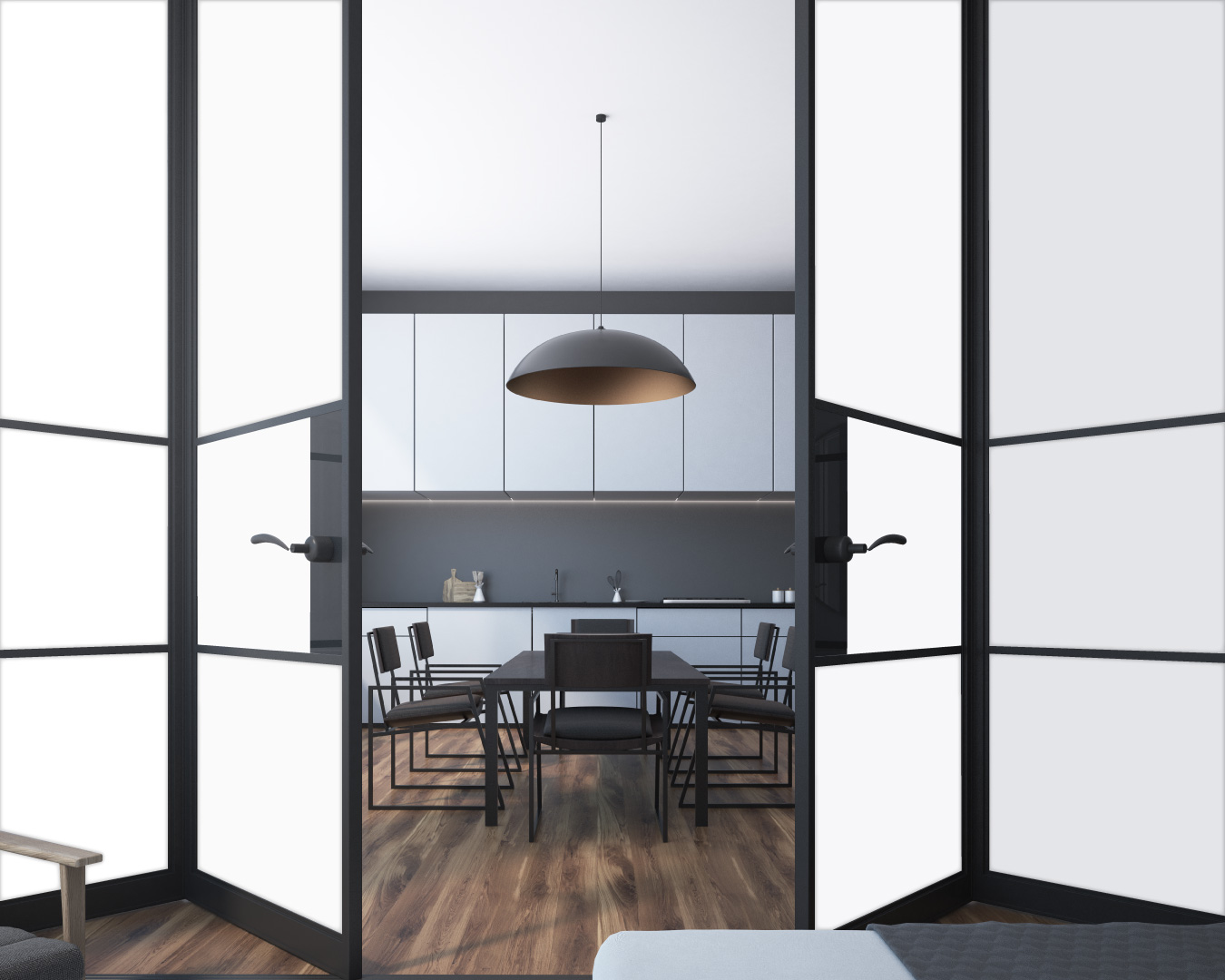
Frequently asked Questions
Our privacy glass works by utilising advanced PDLC (Polymer Dispersed Liquid Crystal) film. When an electrical current is applied, the liquid crystal molecules align, allowing light to pass through, making the glass transparent. When the current is switched off, the molecules mis-align, causing the glass to turn opaque or translucent, providing privacy.
Absolutely! Smart glass can be customised in terms of opacity levels, colours, and even interactive elements to match the specific themes and aesthetics of different exhibitions.
While the initial installation cost can be higher compared to traditional glass, the long-term benefits, including energy savings and enhanced engagement, often outweigh the costs. Maintenance requirements are generally reasonable.
Yes, smart glass can be used in both indoor and outdoor exhibition spaces. However, factors such as weather resistance and durability should be considered when implementing it outdoors.
Smart glass addresses privacy concerns by allowing instant transitions between transparent and opaque states. This feature enables the creation of private spaces within exhibition venues.




